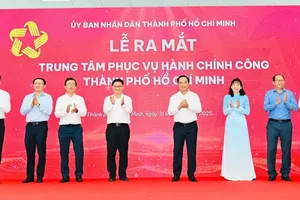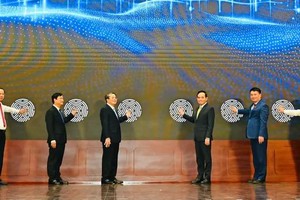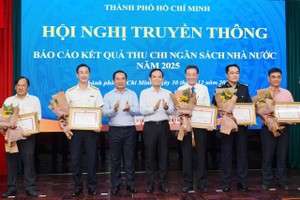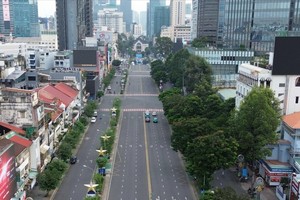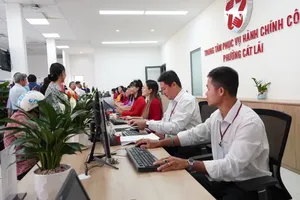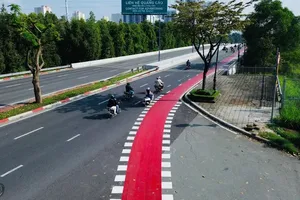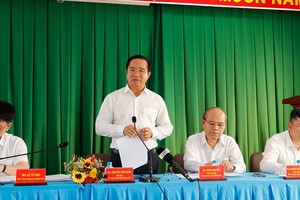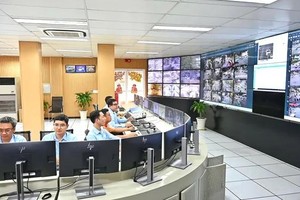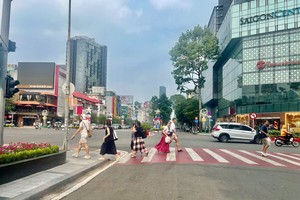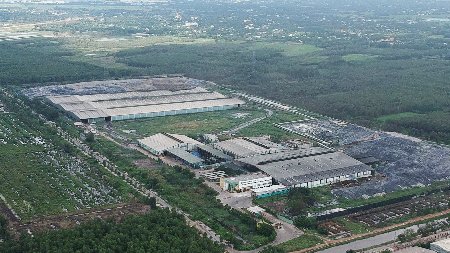
Recently, the HCMC Department of Natural Resources and Environment has voiced its concern over the huge amount of household solid waste, at 9,500 tonnes per day, not to mention 3,000 tonnes of dangerous industrial waste.
Such a giant quantity of waste makes it challenging for the treatment task since many facilities are out of date. Due to its potential danger, industrial toxic waste needs handling carefully by an approved unit under strict monitoring. However, most household solid waste has to be buried mostly, leading to ground or water pollution and adverse impacts on the public’s health in a long term.
To make the matter worse, the urbanization rate in HCMC lately has increased dramatically, resulting in a rise of about 200,000 new residents a year and a serious lack of land use for waste treatment.
Looking at the bright side, thanks to technological breakthroughs, it is now possible to turn solid waste into clean energy while saving land resources. Therefore, HCMC People’s Committee has purposely focused on developing waste-to-energy plants.
Right now, there are 4 projects being implementing, including the one by Vietstar Jsc. (with a capacity of 40MW when processing 2,000 tonnes per day). The other 3 (by Tam Sinh Nghia Investment – Development Jsc., Moc An Chau Logistics Corp., and Tasco Cu Chi Environmental Jsc.) will finish at the end of this year to process a total of 3,000 tonnes a day.
Existing waste treatment companies like HCMC Urban Environment Co. Ltd. also receive help from the authorities to upgrade their technologies and establish incinerators. Director of this company Huynh Minh Nhut stated that it is now easier for waste processing plants to begin the waste-to-energy technology, which is considered a great help to sustainable development. What matters at the moment is to ask the public to carry out waste sorting as soon as possible.
Obviously, with the introduction of the four above facilities at the end of this year, the rate of waste turned to power or compost will account for 40 percent and is supposed to continue the increase trend by 10 percent in 2023.
Director General of Tam Sinh Nghia Investment – Development Jsc. Ngo Xuan Tiec shared that besides helping to decrease environmental pollution, waste-to-energy plants can earn an income of 9 cents/kWh, thus explaining their eagerness.
By concentrating on building incinerators to treat municipal solid waste, HCMC, and Vietnam in general, is showing that it is following the global trend of considering waste as a resource for harnessing energy.
